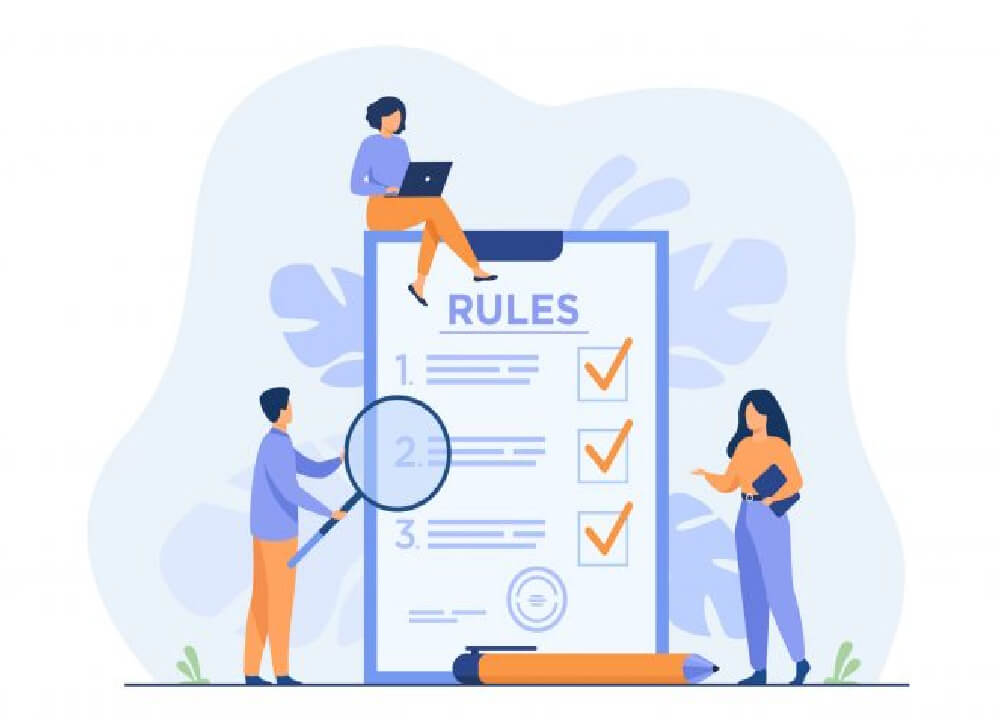What are Primary Freight Forwarder Responsibilities?
Freight forwarders have various responsibilities such as booking consignments with carriers and deciding on the best route and conditions for physical transport. They are also responsible for arranging various documentary requirements such as complying to air freight forwarders regulations, by preparing the air waybill. Moreover, freight forwarders also have to prepare the bill of lading for sea freight and CMR consignment for road freight. Freight forwarder responsibilities also include tracking information for clients and monitoring movement of consignments. With these responsibilities, come challenges that freight forwarders have to counter.
What are Some Challenges Faced by Freight Forwarders?
Some challenges faced by freight forwarders in international business include complying with product related regulations and Incoterms from the International Chamber of Commerce. Moreover, there should be proper preparation of documents such as waybills, certificates of country of origin and certificates for agricultural goods. Furthermore, freight forwarders have to be prepared for sudden changes in the mode of transports and ensure the security of goods delivered.
What are the Freight Forwarder Regulations:
FIATA International Federation of Freight Forwarders Associations is a non-governmental organization representing freight forwarders worldwide. FIATA has established a standard that companies follow regardless of the country they operate in. Moreover, they publish rules, best practices and standardize FIATA documents such as the FIATA Multimodal Transport Waybill and FIATA Forwarding instructions. There is also guidance on the type of goods and products that are allowed to be transported. Other freight forward regulations such as insurances and hindrances are also explained. For instance, some goods can be declared under insurance policy but freight forwarders may also be able to cease operations depending on circumstance. Finally, courier and customer liabilities, limits and exclusions are also covered in the regulations. Each party is able to understand the many risks and limits involved.
How can GoFreight help?
One way freight forwarders counter these challenges is by implementing recommendations from the International Transport Organizations to harmonize and standardize documentary requirements. However, implementing by yourself is cumbersome and time consuming; hence, a better solution is to apply modern IT software such as GoFreight. This SaaS allows for the features listed below:
- Exchange information throughout transport chain
- Allow for freight forwarders and carriers to communicate
- Facilitate exchanging quotations and purchase orders between suppliers and vendors
- Trace and track information
Software like GoFreight can help freight forwarders counter challenges and comply with regulations by harmonizing and standardizing exchange of information through the transport chain. Click here to learn more!






